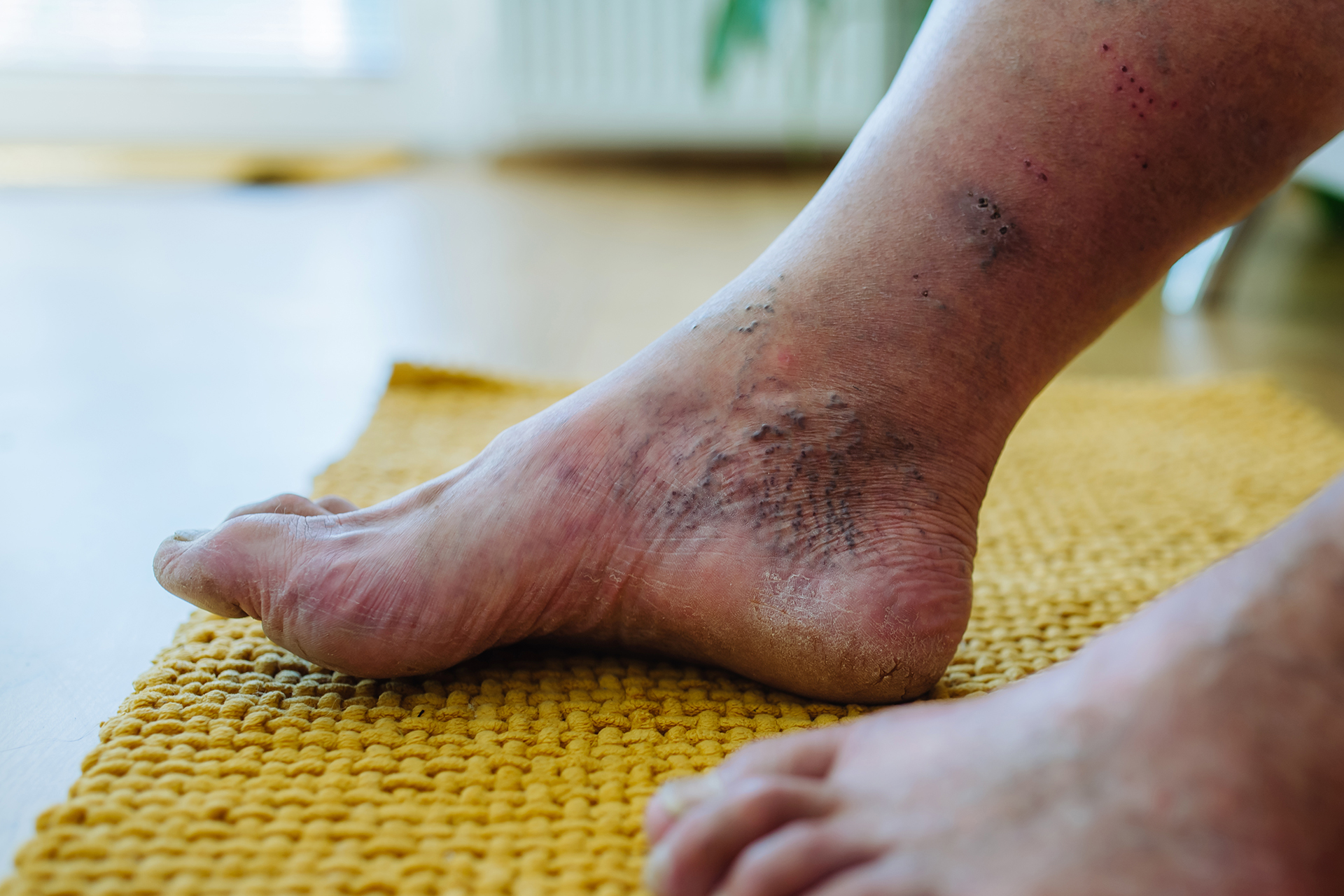Wrist masses can be a source of discomfort and concern, affecting our ability to perform daily activities with ease. Whether it’s a benign cyst or a more serious growth, understanding the symptoms, causes, and treatment options is essential for effective management. In this comprehensive guide, we’ll delve into the world of wrist masses, exploring everything from diagnosis to recovery.
Understanding Wrist Masses
Wrist masses refer to abnormal growths or swellings that develop in or around the wrist joint. These can vary in size, shape, and consistency, often causing pain, swelling, or limited mobility. It’s important to note that not all wrist masses are cancerous; many are benign and easily treatable with proper medical attention.
Causes of Wrist Masses
Various factors can contribute to the development of wrist masses, including trauma, repetitive strain injuries, inflammatory conditions like arthritis, and even genetic predispositions. Understanding the underlying cause is crucial for determining the most appropriate treatment approach.
Diagnosis Process
Diagnosing a wrist mass typically involves a combination of physical examination, medical history review, and diagnostic imaging tests. X-rays, MRI scans, and ultrasound are commonly used to visualize the mass and assess its characteristics. In some cases, a biopsy may be necessary to obtain a definitive diagnosis.
Treatment Options
Treatment for wrist masses depends on the underlying cause and severity of symptoms. Conservative approaches such as rest, ice, compression, and elevation (RICE) may be sufficient for minor cases. However, more complex or persistent masses may require medication for pain relief and inflammation reduction, or surgical intervention to remove the mass entirely.
Home Remedies and Self-Care Tips
In addition to medical treatment, there are several self-care measures that can help alleviate symptoms and promote healing. Gentle wrist exercises can improve strength and flexibility, while ergonomic adjustments in daily activities can reduce strain on the affected wrist. Applying ice packs and taking over-the-counter pain relievers can also provide temporary relief.
Recovery and Rehabilitation
After treatment, it’s important to follow your healthcare provider’s instructions for optimal recovery. This may include immobilization of the wrist, physical therapy to restore range of motion and strength, and gradual return to normal activities. Patience and commitment to rehabilitation are key to achieving long-term success.
Prevention Strategies
While not all wrist mass treatment can be prevented, there are steps you can take to reduce your risk. Practicing good wrist ergonomics, taking frequent breaks during repetitive tasks, and avoiding activities that strain the wrist can help prevent injuries and inflammation. Regular self-examinations can also help detect any abnormalities early on, allowing for prompt medical attention if needed.
Takeaway
Wrist masses may present challenges, but with proper understanding and treatment, they can be effectively managed. By recognizing the symptoms, seeking timely medical attention, and following through with recommended treatments and self-care measures, you can regain control of your wrist health. Remember, your healthcare provider is your partner in this journey, so don’t hesitate to reach out for guidance and support.






